|
|
Кацусика Хокусай. Тридцать шесть видов Фудзи: № 32. Ливень под горой冨嶽三十六景 山下白雨Storm below Mount Fuji (Sanka no haku u), from the series Thirty-six Views of Mount Fuji (Fugaku sanjūrokkei)Artist: Katsushika Hokusai (1760–1849)Period: Edo period (1615–1868)Date: ca. 1830–32
This is one of Hokusai's most celebrated works. A thunderstorm, indicated by a bolt of red lightning, dramatizes the sudden change from a cloud-filled summer sky to the murky violence that disturbs all below Mount Fuji. Mount Fuji projects majestically above the clouds. A lightning bolt shown against the shape of Fuji opens up a dialogue of oppositions: the enduring, static Mount Fuji is pitted against the transitory and fleeting nature of lightning. The solemn, towering mountain remains undisturbed by dangerous thunderstorms.
(metmuseum)
Thunderstorm Beneath the Summit represents one of the few perfect compositions in the Mount Fuji series. Together with Under the Wave Off Kanagawa (cat. 6) and Mount Fuji at Dawn (cat. 7), it forms a trio of masterpieces. These images symbolically express the power of nature in simple designs; by doing so, they make us contemplate the relationship of man to the natural world. The print depicts Mount Fuji in its simplest form. Basically similar in design to Mount Fuji at Dawn, the mountain’s volcanic cone rises starkly, an undulating line describing its left flank. The background consists only of blue sky and ranks of clouds rising from behind the mountain at the midpoint of both its flanks. Nothing in this image foretells the variable weather at higher altitudes. Here we observe that the air around the slopes below the summit has darkened where lightning flashes in zigzag patterns, and we imagine the roll of thunder. Unaffected, Fuji stands in unbreachable serenity. Masterpieces like this one profoundly influence Western artists, particularly the Impressionists of the second half of the nineteenth century. Such works came to be regarded as containing the essence of Japan. (The Asian Art Museum of San Francisco, HOKUSAI AND HIROSHIGE – Great Japanese Prints from the James A. Michener Collection, Honolulu Academy of Arts: The Asian Art Museum of San Francisco, 1998 Page 57. Cat. 8)
Like Red Fuji, this view of the mountain likely comes from Hokusai’s imagination. The volcano occupies the majority of the picture, and there is a marked contrast between the upper and lower portions of the print, emphasizing Mount Fuji’s height. The volcano’s snowcapped peak rises into a clear sky over low clouds (the shapes of which are derived from Western models), while at its feet a storm breaks. The thunderstorm indicates the beginning of a sudden shower, symbolizing the promise of an abundant harvest. The use of vivid colors and simplified two-dimensional design in this print was considered sensational by many European and American artists, particularly the Impressionists, who turned to Japanese art in the nineteenth century as a means to break free from traditional artistic conventions. Together with Great Wave and Red Fuji, this is considered one of the finest prints in the entire series. Its similar composition to Red Fuji emphasizes the loftiness of the mountain and its ever-changing appearance, while the ominous thunderstorm references the powerful forces of nature that also characterize Great Wave. “Hokusai’s Summit: Thirty-six Views of Mount Fuji” (09/24/2009-01/06/2010)
Ливень под горой
Гора Фудзи величественно возвышается над облаками. Молния, изображенная на фоне очертаний Фудзи, открывает диалог противоположностей: вечная, статичная гора Фудзи противопоставлена преходящей и мимолетной природе молнии. Торжественно возвышающаяся гора остается непоколебимой среди опасных грозовых разрядов.
На гравюре изображена гора Фудзи в ее самой простой форме. Фон состоит только из голубого неба и рядов облаков, поднимающихся из-за горы в средней точке обоих ее склонов. Ничто в этом изображении не предвещает переменчивой погоды на больших высотах. Здесь мы видим, что воздух вокруг склонов под вершиной потемнел, там зигзагообразно вспыхивают молнии, и представляем себе раскаты грома. Фудзи, не затронутая стихией, стоит в непоколебимом спокойствии. Шедевры, подобные этому, оказали глубокое влияние на западных художников, особенно на импрессионистов второй половины XIX века. Такие работы стали считаться воплощением сущности Японии.
Katsushika Hokusai. Storm below Mount Fuji, from the series Thirty-six Views of Mount Fuji
Все 46 гравюр серии «Тридцать шесть видов Фудзи» | Thirty-six Views of Mount Fuji | 富嶽三十六景 | Fugaku Sanjūrokkei
22 июня 2023, 22:55
0 комментариев
|
Партнёры
|

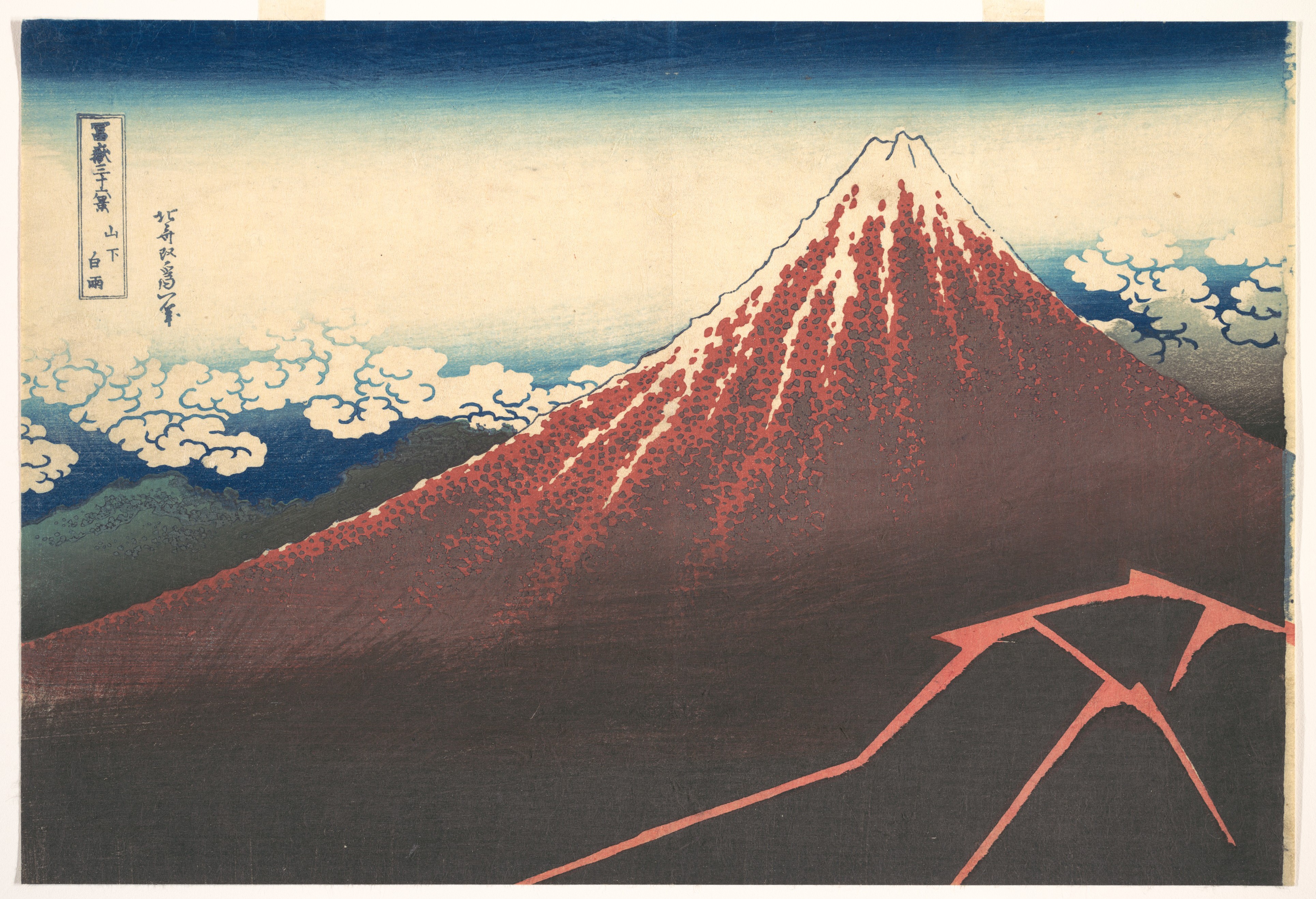
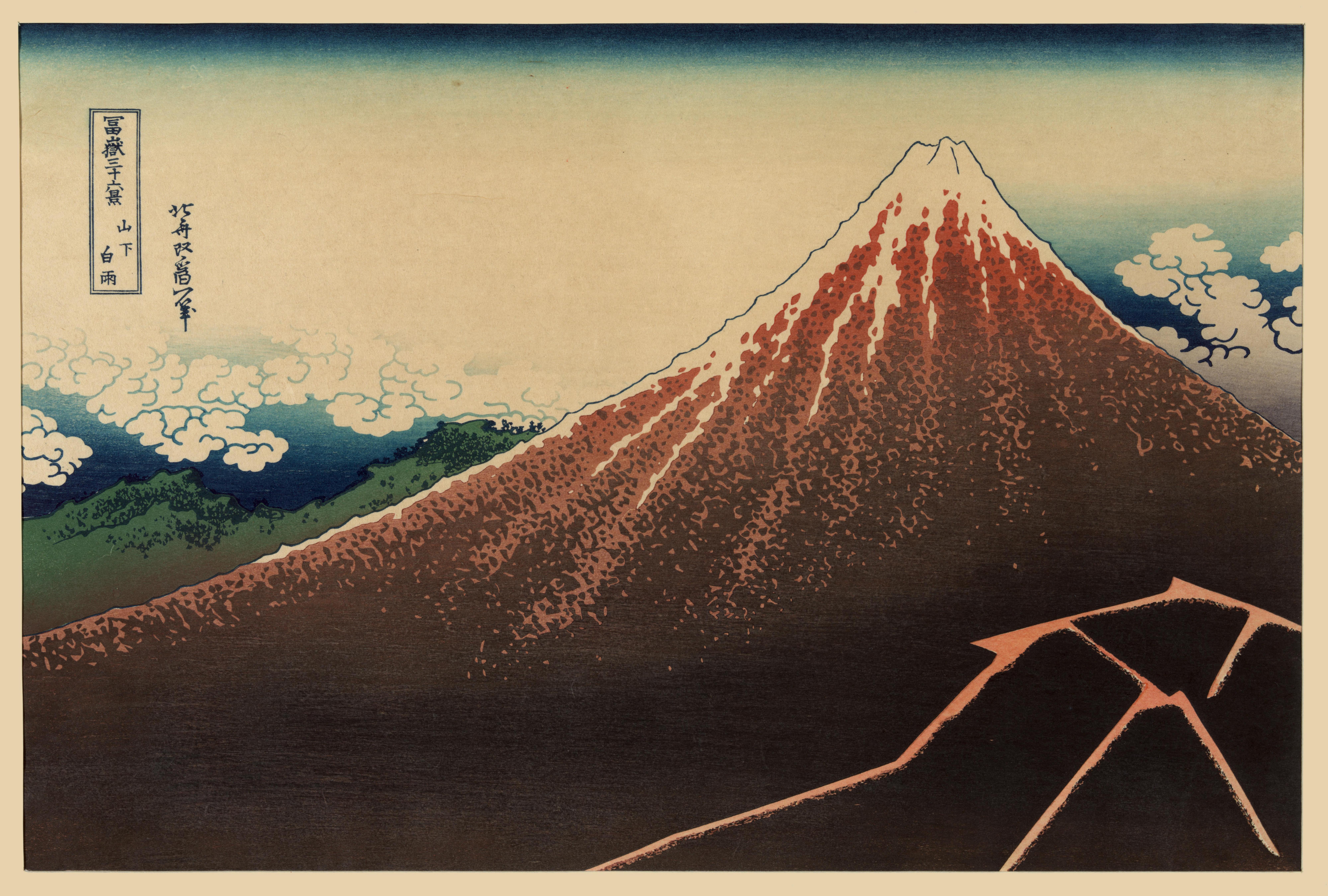
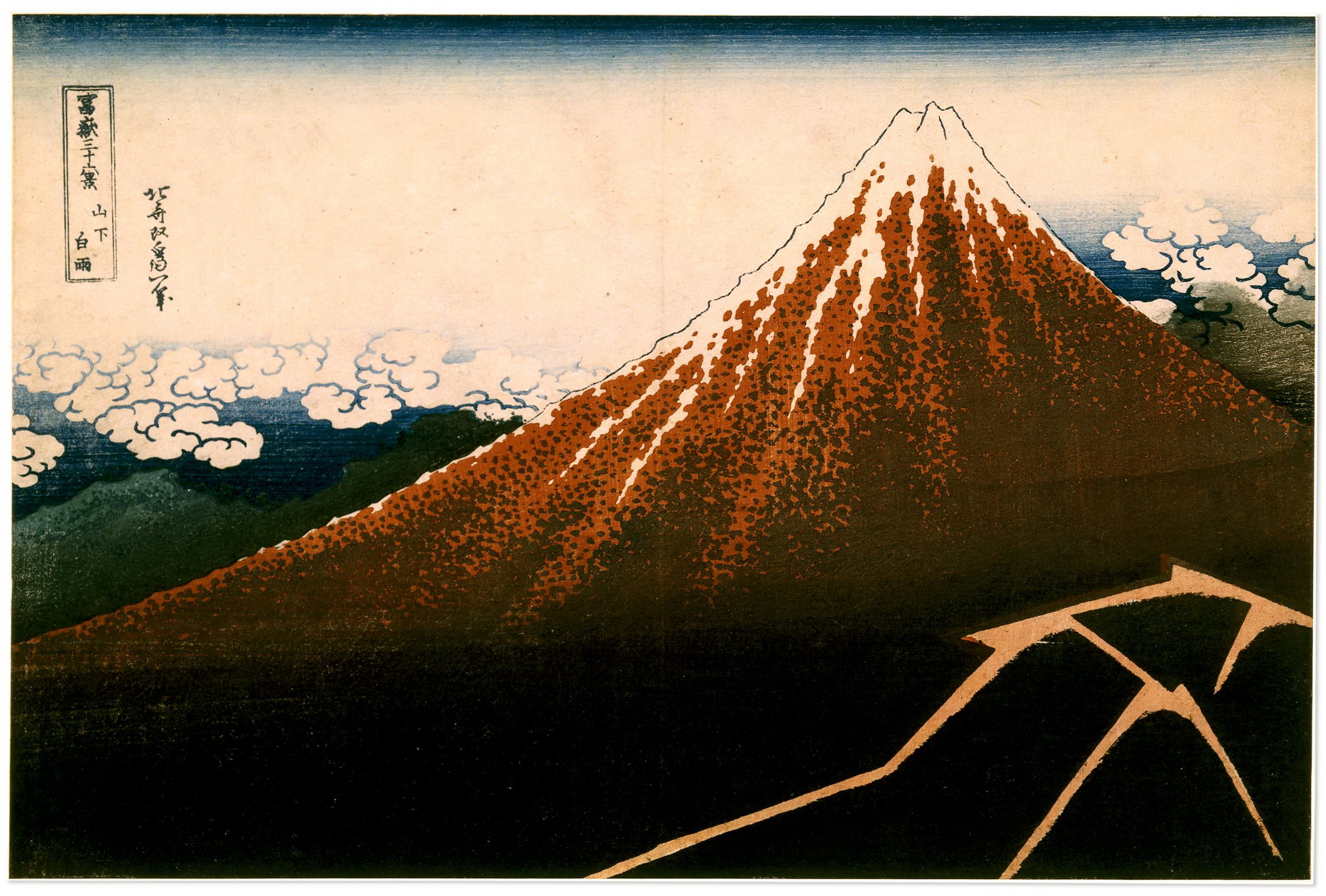

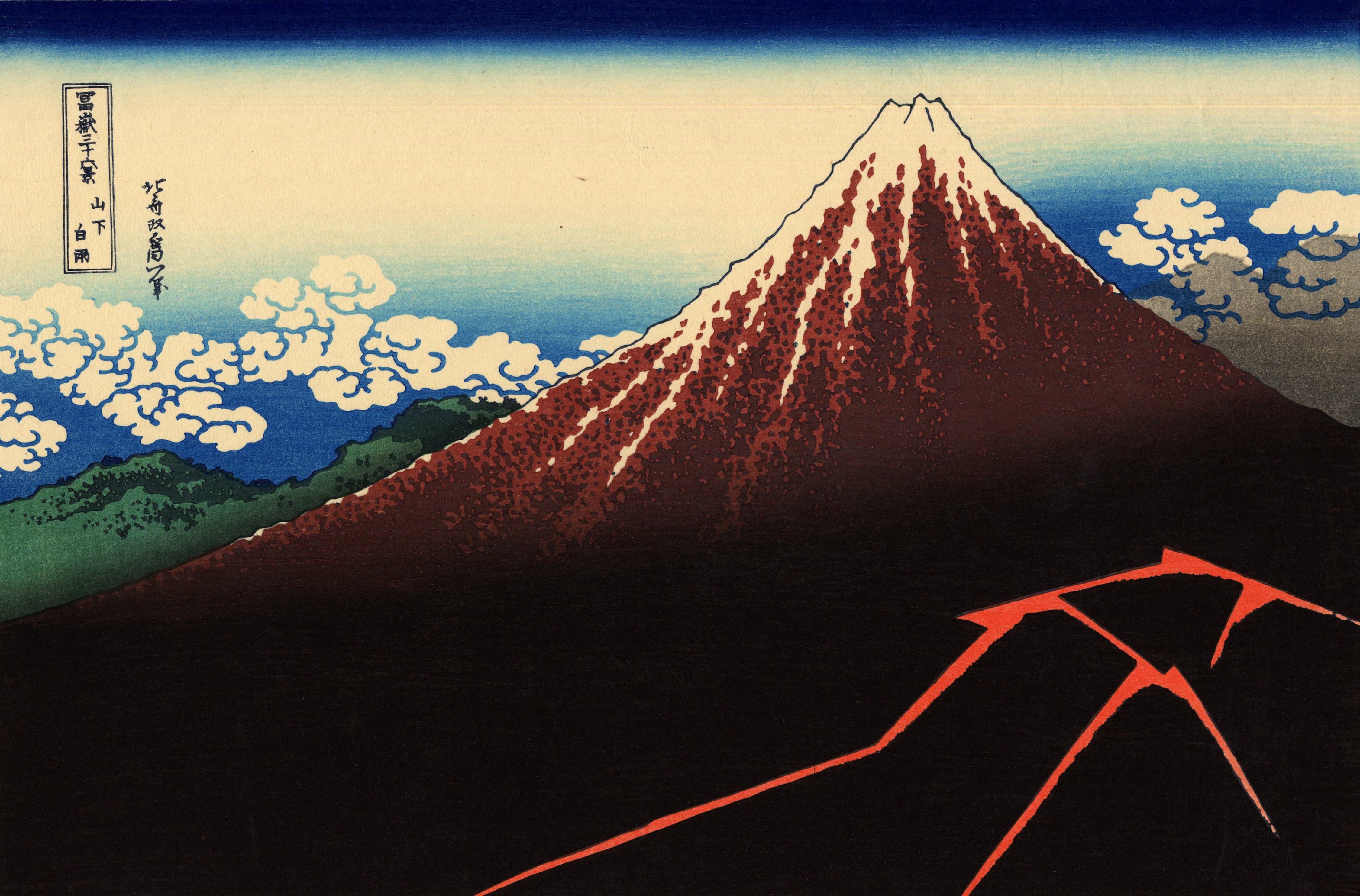
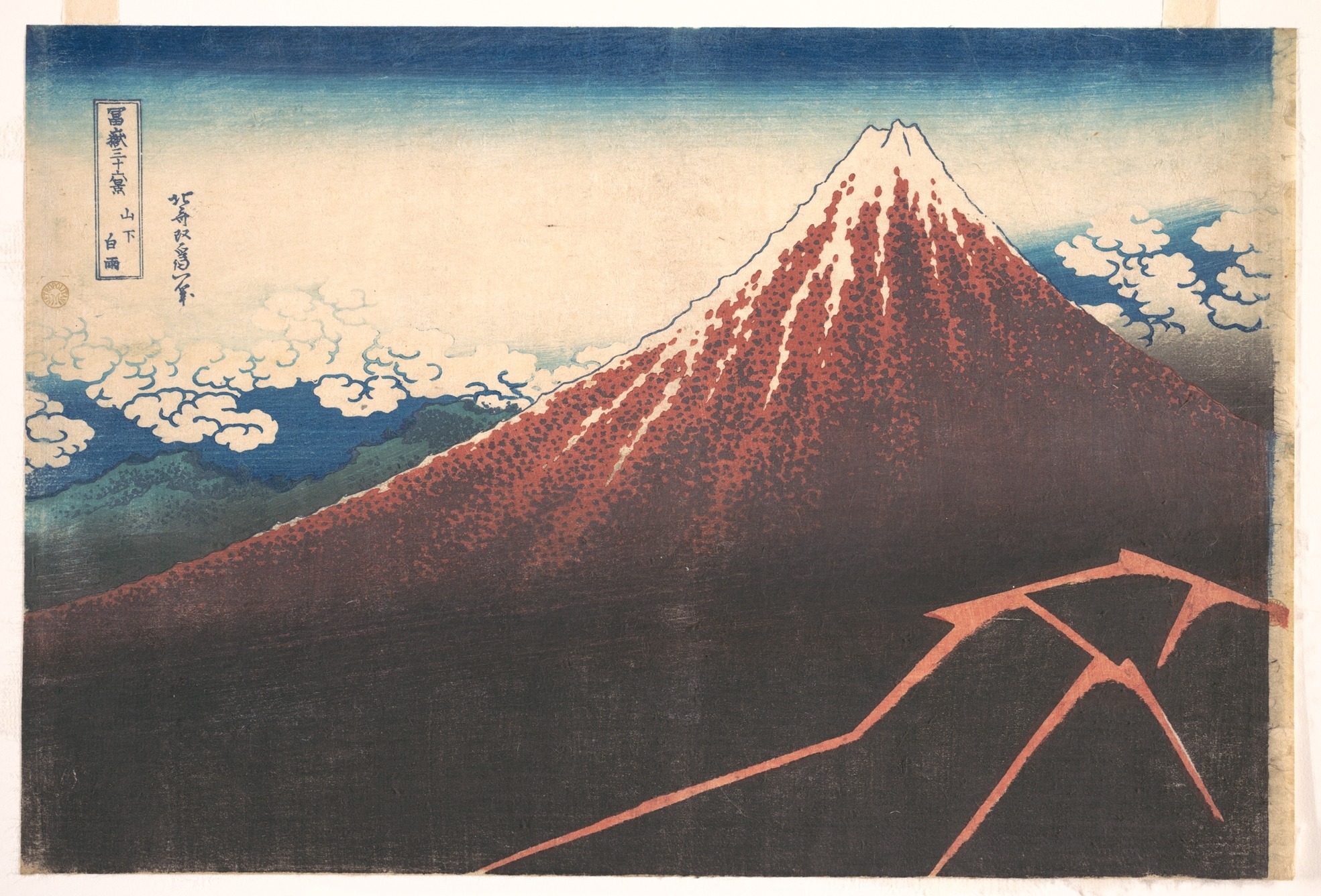
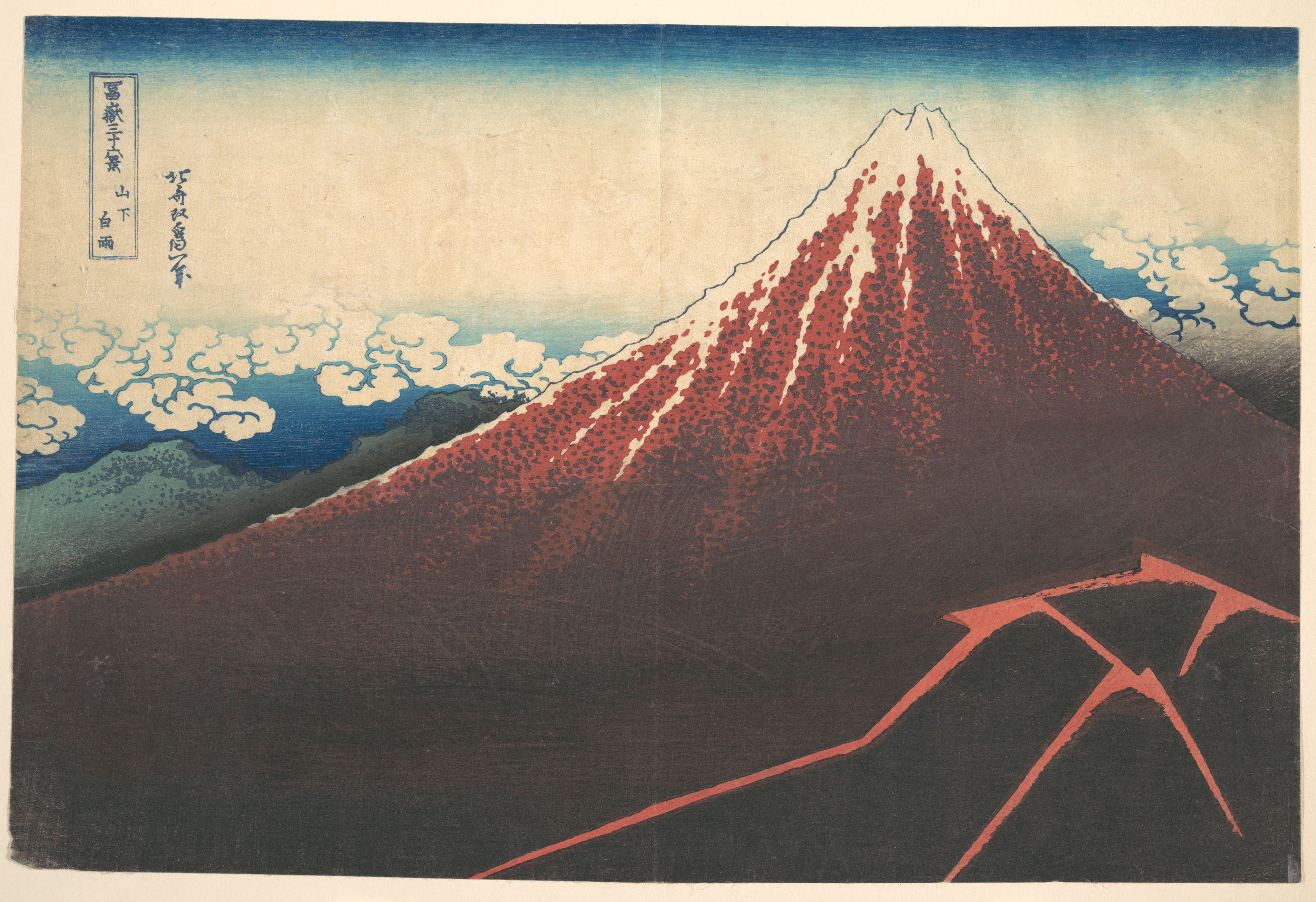
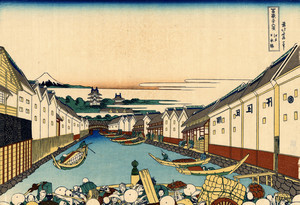
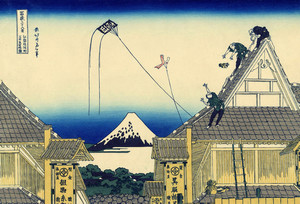
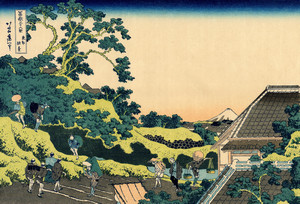
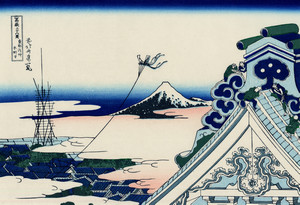
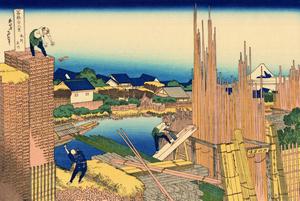
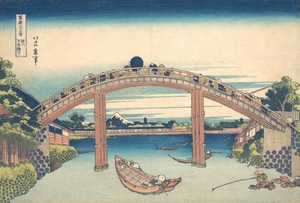
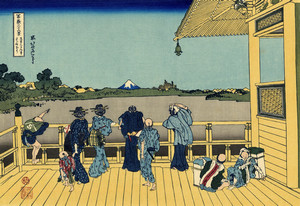
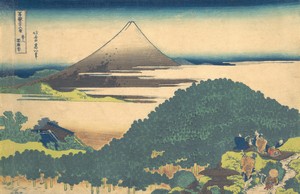
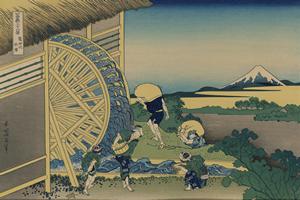
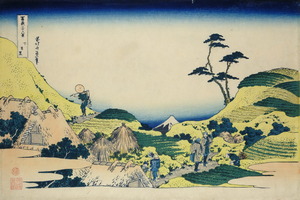
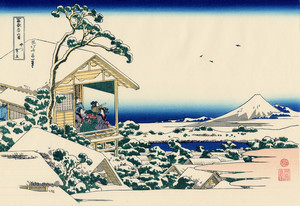
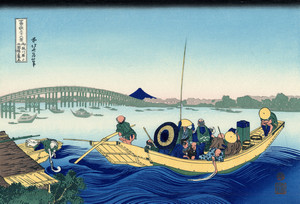
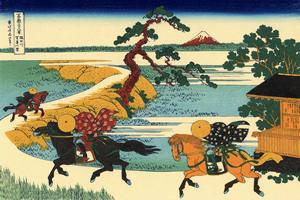
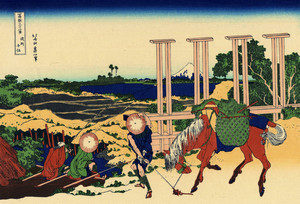
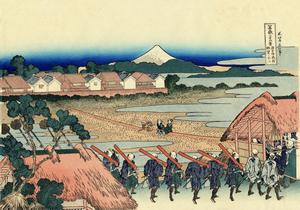
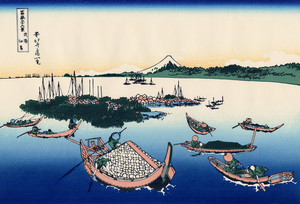
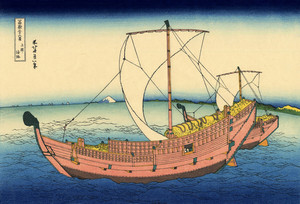
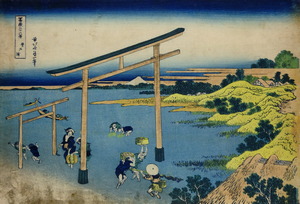
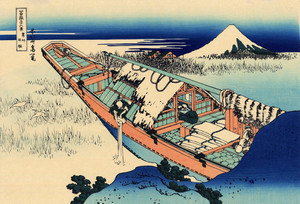
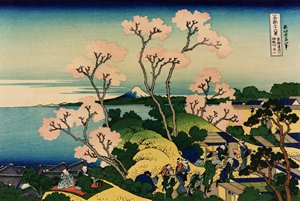
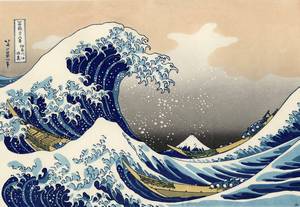
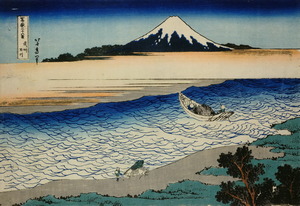
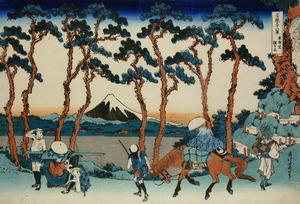
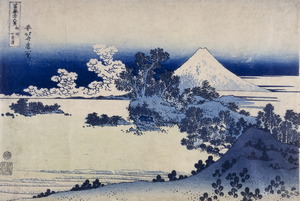
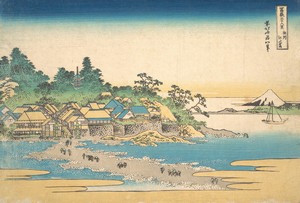
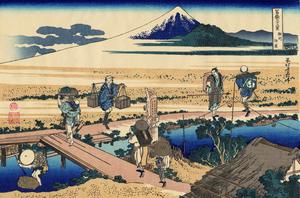
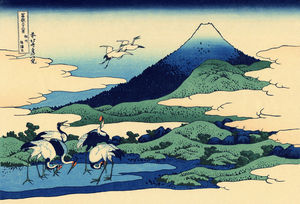
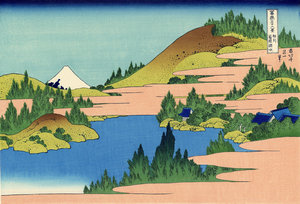
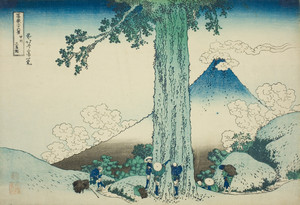
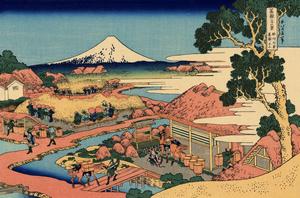
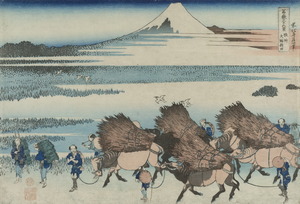
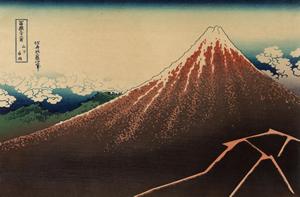
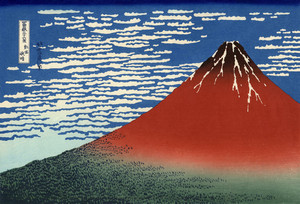
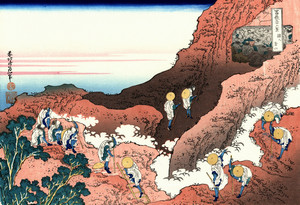
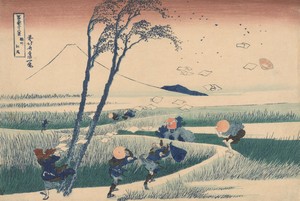
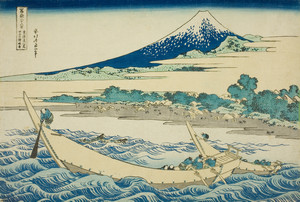
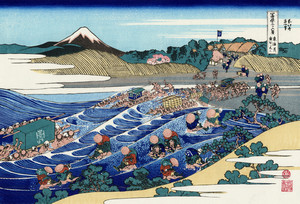
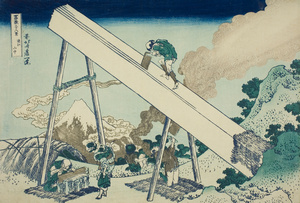
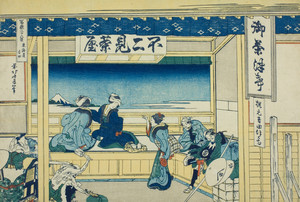
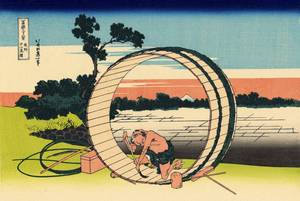
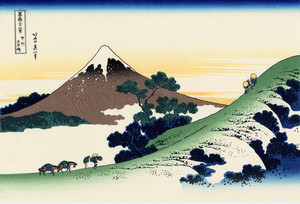
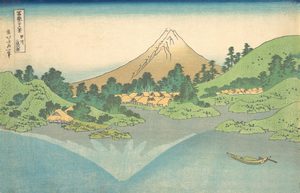
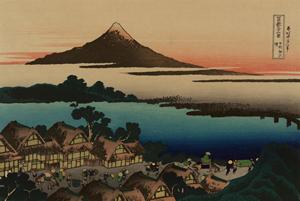
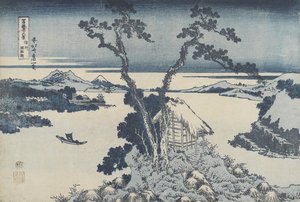
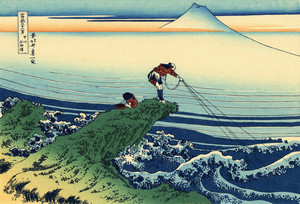
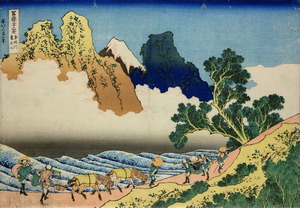




Комментарии
Добавить комментарий